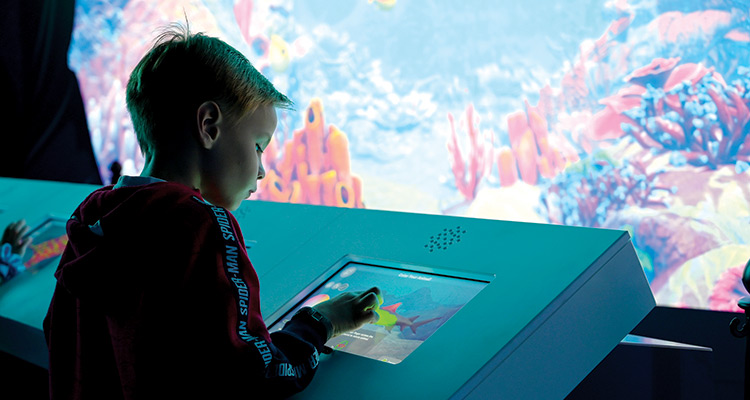

art&culture magazine is the definitive, award-winning source for cultural tourists and residents in The Palm Beaches. In partnership with the Cultural Council, the magazine is published by Palm Beach Media Group. Published three times a year, you can pick up a copy of art&culture at our headquarters in Downtown Lake Worth Beach or visit our Support Us page for more information on how you can receive each issue by mail to your home.
Spring/Summer 2024 Issue
- Night Owls: Local photographers share images and insight into star, moon, and night photography
- Designing an Artisan Home: Palm Beach County is home to a plethora of artisans and retail resources that can help turn your abode
into a work of art - Culinary Meets the Arts: A guide to breakfast, lunch, and dinner options within walking or easy driving distance from some of The Palm Beaches’ top destinations
- and so much more available in this issue!
Published in partnership with:

Previous Issues
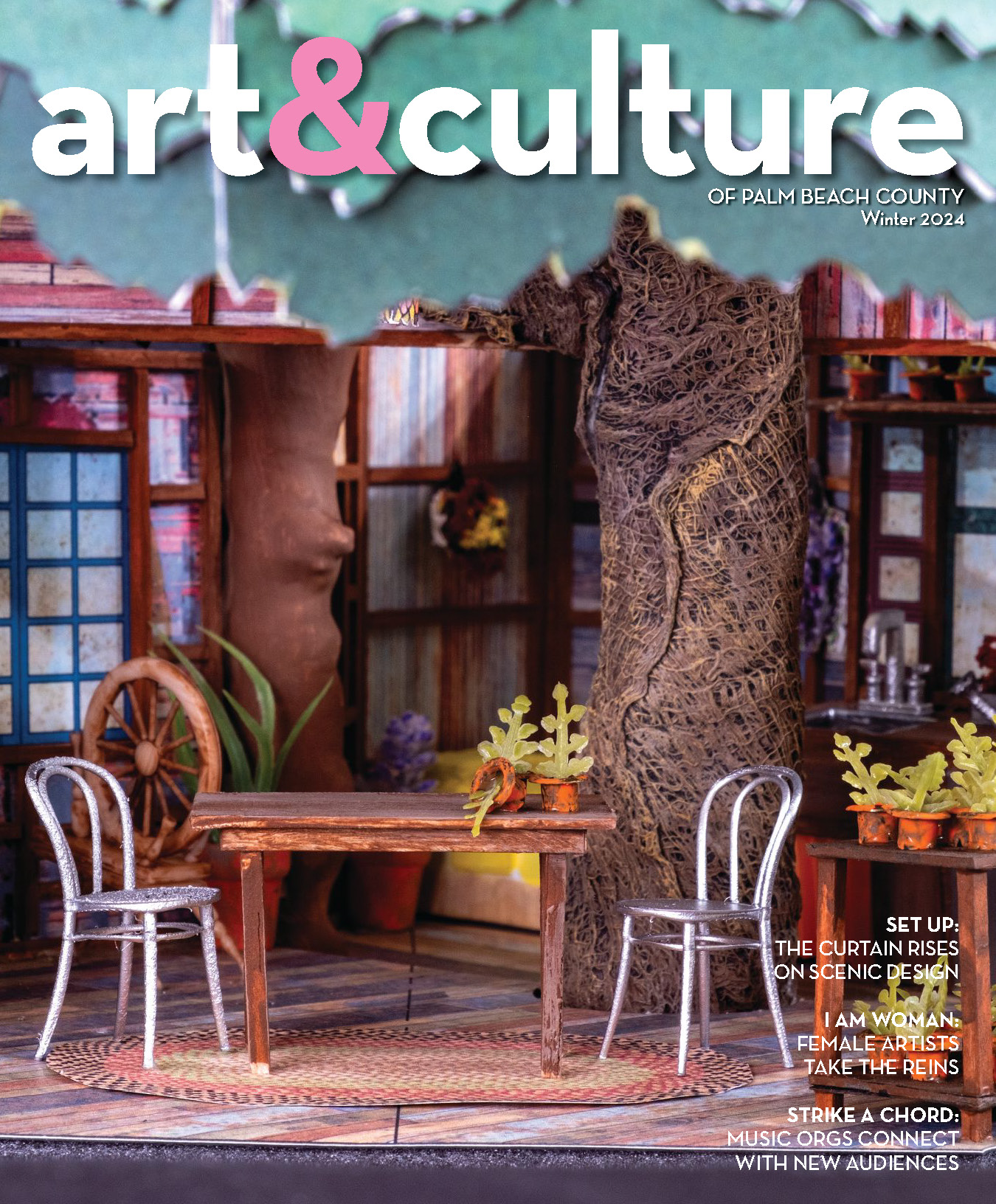
Winter
2024
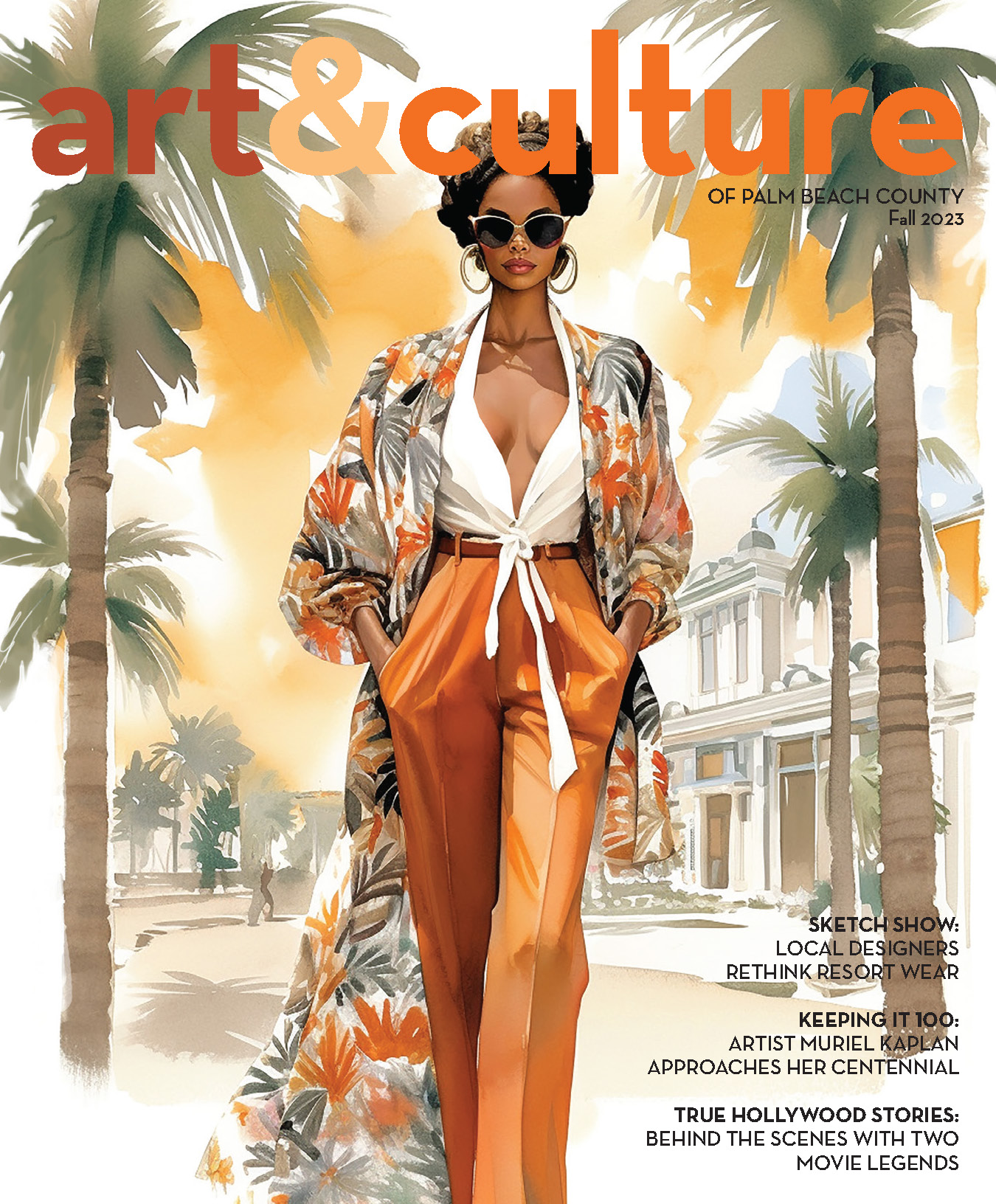
Fall
2023
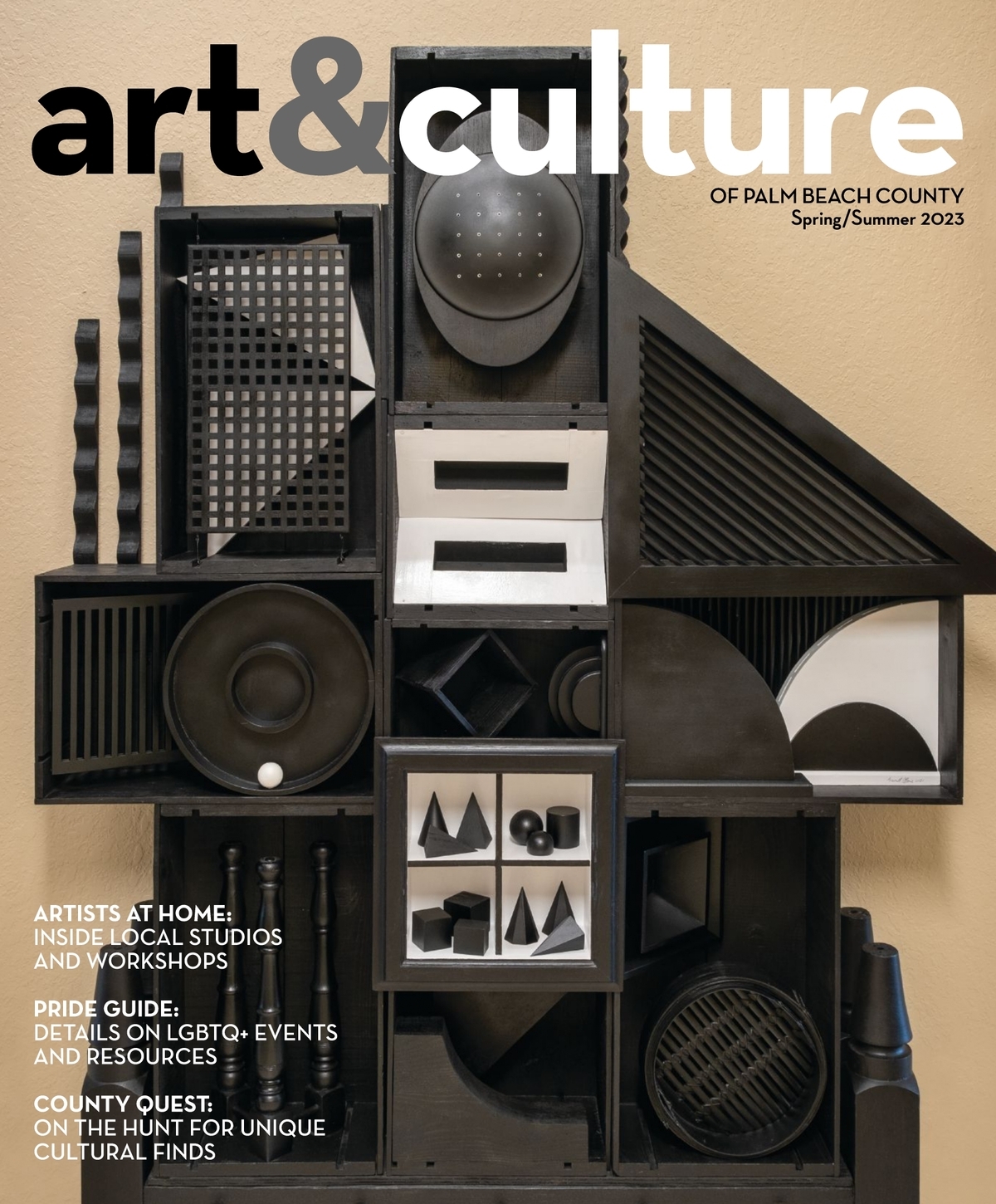
Spring/Summer
2023
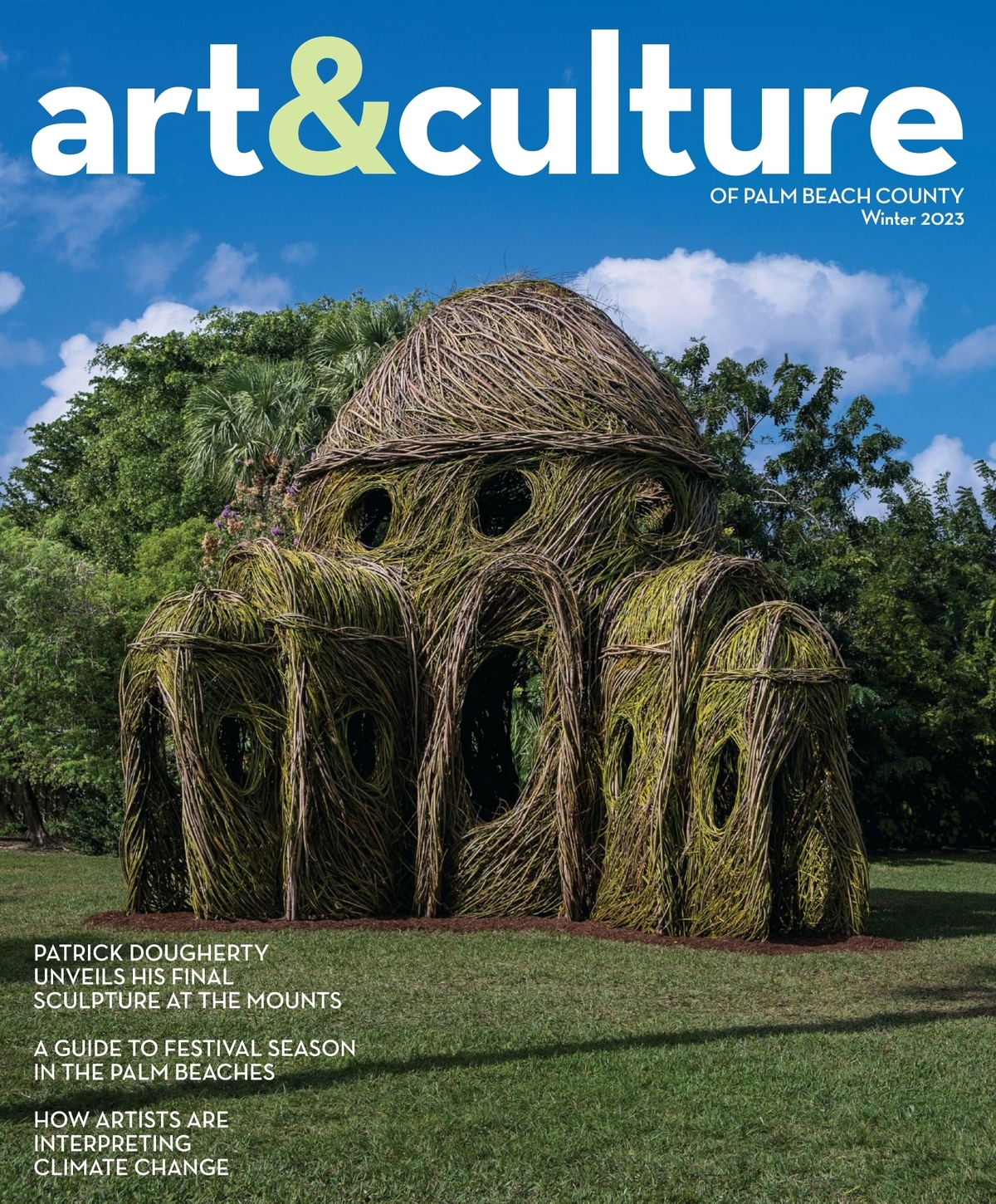
Winter
2023
Digital Stories


Freedom of Expression
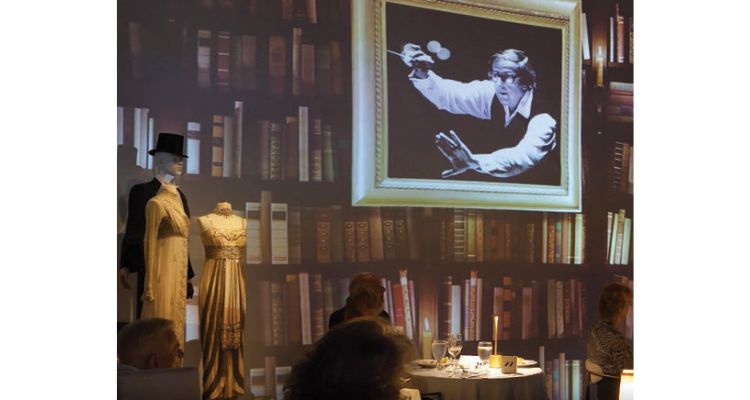
Quite Loverly
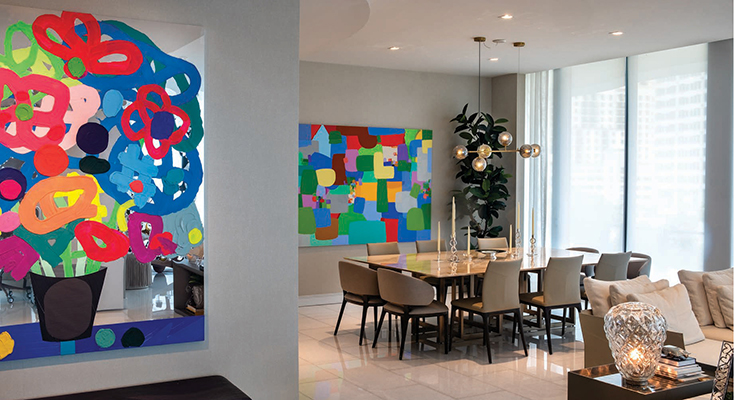
A Never-Ending Education
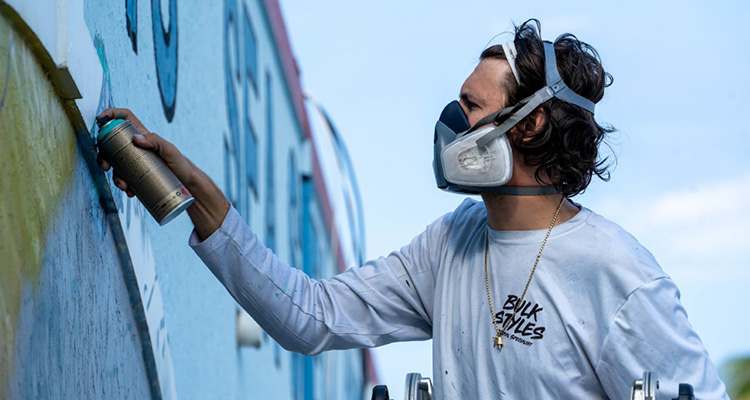
Outside the Lines
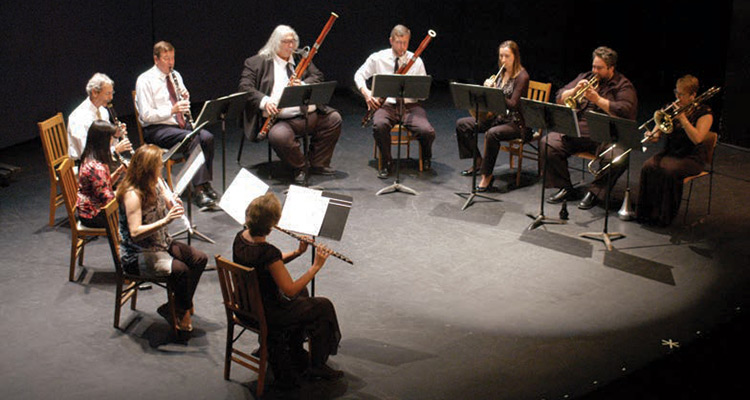
Music Therapy
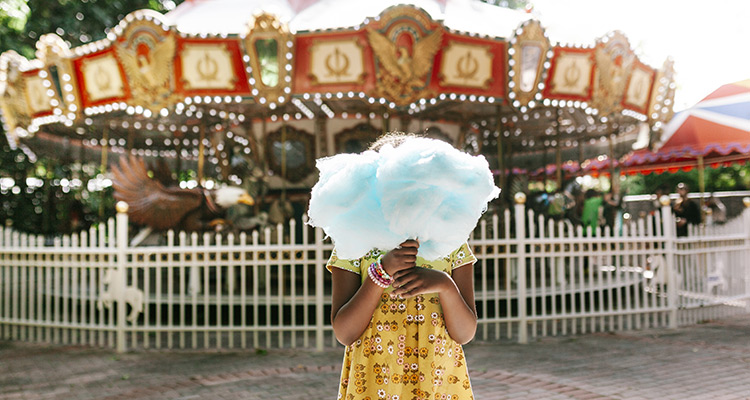
Moms’ Guide to Cultural Fun in The Palm Beaches

Sculptural Sanctuaries
Advertisers: Download the rate card here — or go to palmbeachmedia.com/advertise for more information.